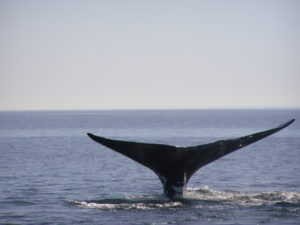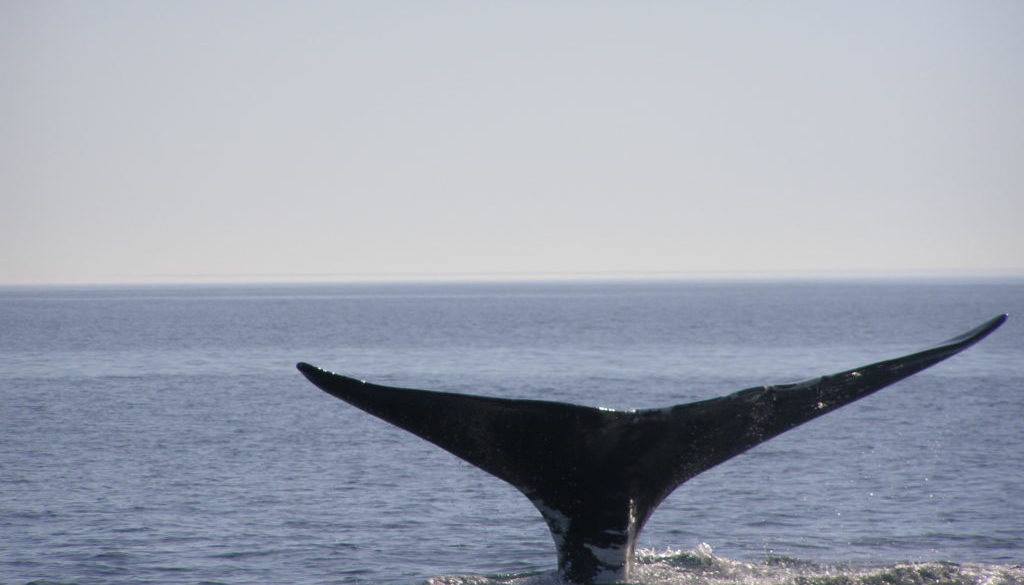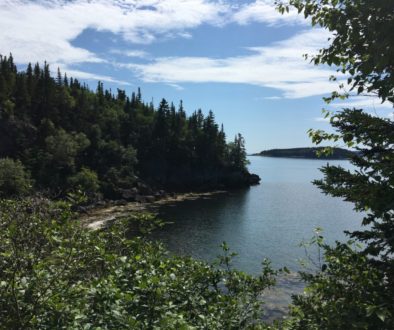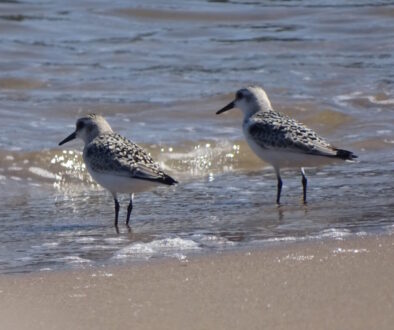Commentary: Conservation action needed on our oceans
The oceans around New Brunswick influence our culture, contribute to our economic well-being and continue to shape our natural environment. The world recognizes the Bay of Fundy for its natural riches. From the world’s highest tides, to concentrations of endangered whales and coastal stopovers for migratory sandpipers, it has been in the running alongside the world’s natural wonders. The Gulf of St. Lawrence supports some of the richest fish and shellfish spawning and feeding grounds in Canada. Together, our ocean waters support over 7,000 tourism and recreation jobs, and over 11,000 jobs in fishing and seafood processing in New Brunswick.
These important values depend upon a resilient and robust ocean system. However, industrial uses in our oceans are expanding. We are faced with proposals for more crude oil tanker traffic, large open-net salmon aquaculture sites, oil and gas exploration, tidal turbines, and a proposed underwater cable across the Bay of Fundy to transport power from New Brunswick to Massachusetts. We are already feeling the effects of climate change, including changes to locations or amounts of whales, seabirds, fish, and the tiniest zooplankton at the bottom of the food chain. Too often, the health of our oceans is out of sight (under the water), and out of mind. We haven’t established the ocean protection measures to minimize those risks.
We need to balance these risks with the insurance policy that comes from establishing marine protected areas (also called MPAs). These are places in the ocean that government legally designates for conservation purposes. Places where we minimize human impacts in the ocean to ensure we can maintain the natural environment well into the future. MPAs provide long-term protection for the sea floor and the water column all the way to the surface, along with the wildlife that live in or swim through that area. Usually, MPAs would not permit industrial activities and construction that damage the sea bottom, and would restrict some kinds of fishing.
Governments and ocean stakeholders around the world recognize MPAs as an effective tool for helping to sustain ocean health and local economies. Studies show that fish populations in MPAs thrive, and can spillover to enhance fisheries outside MPAs. Marine protected areas can help safeguard the natural areas that local tourism businesses need, and that international tourists want to experience.
Many sites in the oceans around New Brunswick are sensitive or highly valuable natural spaces. Whales and basking sharks come to feed and congregate in the deep waters of the outer Bay of Fundy. Concentrations of mussel reefs, corals, kelp forests and sponge clusters act like“ecosystem engineers” and provide refuge for all kinds of fish, sea squirts, jellyfish and anemones. In the inner Bay of Fundy, vast mudflats create the right habitat that allows 80 per cent of the world’s semipalmated sandpipers to feed on mud shrimp and rest during their fall migration. All of these functions, and more, need to be included in networks of MPAs along both coasts.
As part of global efforts to help conserve our oceans, the federal government has committed to significantly increasing Canada’s marine protected areas. We are committed to protecting 10 per cent of Canada’s oceans by 2020, and we are now at less than one per cent. The ocean waters around New Brunswick only have less than half of one per cent in marine protected areas. The Department of Fisheries, Oceans and the Coast Guard and the Department of Environment and Climate Change are identifying potential candidates for the Bay of Fundy and the Gulf of St. Lawrence.
The federal and provincial governments will need to work together to ensure that the oceans around New Brunswick receive the conservation action we need. For the most effective solution, we will all have to co-operate – business owners, the fishing community, conservation groups, and citizens. The Canadian Parks and Wilderness Society – New Brunswick Chapter is eager to work with all stakeholders and the public to make sure MPAs are established in an open way, and using strong objectives for ocean habitat protection. Plans are in the early stages.
If we do this right, marine protected areas will forever protect special places in our sea, restore and sustain healthy oceans and maintain vital ocean-based economies.
*********
The above article was published in The Daily Gleaner on Feb. 4, 2017.



